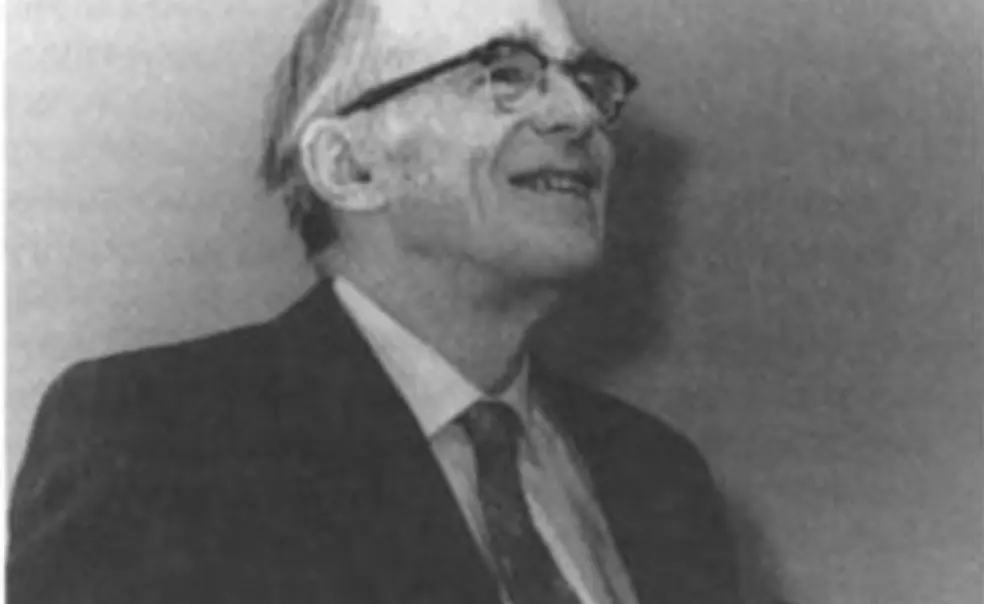Lyman Spitzer Jr. *38 Earns the James Madison Medal
Lyman Spitzer, Jr. *38, a pioneer in plasma physics and space astronomy, was presented with the university’s James Madison Medal, which is awarded annually to alumni of the Graduate School “who have distinguished themselves in their professions, advanced the cause of graduate education, or achieved a record of outstanding public serve.” The Charles A. Young Professor of Astronomy, Emeritus, at Princeton, Spitzer retired in 1982 after thirty-five years on the faculty and thirty-two years as the director of the university observatory. He remains active as the university’s senior research astronomer.
Spitzer is probably best known for his suggestion that fusion, the process by which matter is converted to energy in the interiors of stars, could be used to produce energy on earth. As a result of his proposal for a practicable fusion device (he called it a “stellarator” in a 1951 study), the federal government established Project Matterhorn, which eventually evolved into the Princeton Plasma Physics Laboratory. Spitzer served as the lab’s director from its inception until 1967, and is credited by many as the father of modern plasma physics. His book Physics of Fully Ionized Gases, which was published in 1956, has become a standard reference work in the field.
Spitzer’s other interests and activities have produced equally significant results. As early as 1946, he grasped the enormous potential of a space-based telescope and recommended that astronomical instruments be launched into space. He was involved with the balloon-launched “Stratoscope” experiments of Professor Martin Schwarzschild (of Princeton) in the late 1950s, and in the early 1970s he headed the design team that developed the Copernicus satellite for NASA. This instrument provided invaluable information about interstellar gases and proved the viability of maintaining a scientific platform in earth orbit. Spitzer has since lobbied scientists and government officials for funding for the Hubble Space Telescope, which is scheduled to be launched at the end of this year (after much delay) and will likely revolutionize the field of astronomy.
One of America’s most-honored scientists, Spitzer has received the National Medal of Science, the NASA Distinguished Public Service Medal, the Crafoord Prize of the Royal Swedish Academy of Sciences, the James Clerk Maxwell Prize of the American Physical Society, and the Henry Draper Medal of the National Academy of Sciences. In accepting the Madison Medal, Spitzer said, “What I have achieved, such as it is, could not have been accomplished without the help of many people.” In particular, he cited his mentor at Princeton, the famed astronomer Henry Norris Russell, and his faculty colleagues Melvin Gottlieb and Jeremiah Ostriker. “Princeton is a great institution, and I am both proud and humble to be a part of it,” he said.
This was originally published in the March 8, 1989 issue of PAW.












No responses yet